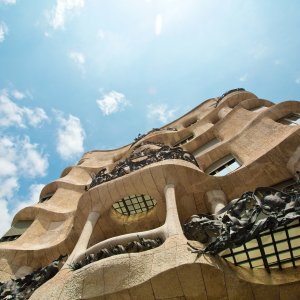Spain’s capital is home to some of the world’s most valuable museums, and many of them are moving toward a more accessible, inclusive management model aligned with the Sustainable Development Goals. In this article, discover four museums in Madrid that are committed to culture with a positive impact.

Madrid, known as the capital of Spain and home to iconic landmarks like Puerta del Sol and Plaza Mayor, is also widely recognized for its incredible cultural offerings.
From centuries-old institutions to the most innovative spaces, this article highlights four museums you shouldn’t miss when visiting Madrid.
Museo Nacional Thyssen-Bornemisza.
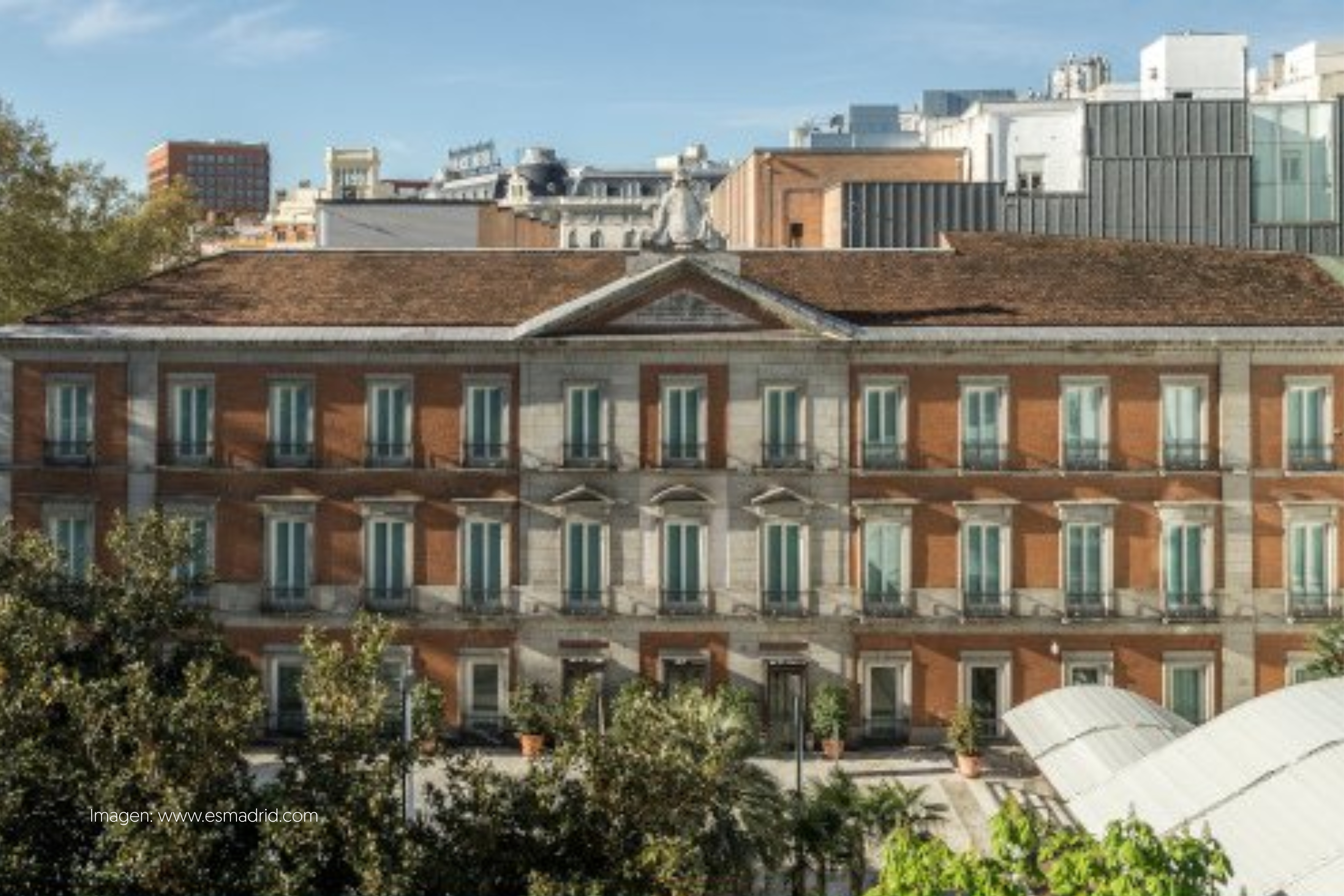
Located right on the Paseo del Prado, the Museo Nacional Thyssen-Bornemisza is a true gem of Western art. Its collection spans from the 12th to the 20th century, offering an impressive variety. In addition to its permanent collection, the museum stands out for its high-quality temporary exhibitions and its strong focus on education and outreach.
Its participation in initiatives like International Museum Day also reinforces its role as a culturally engaged. institution with an ecological conscience.
Museo Tiflológico
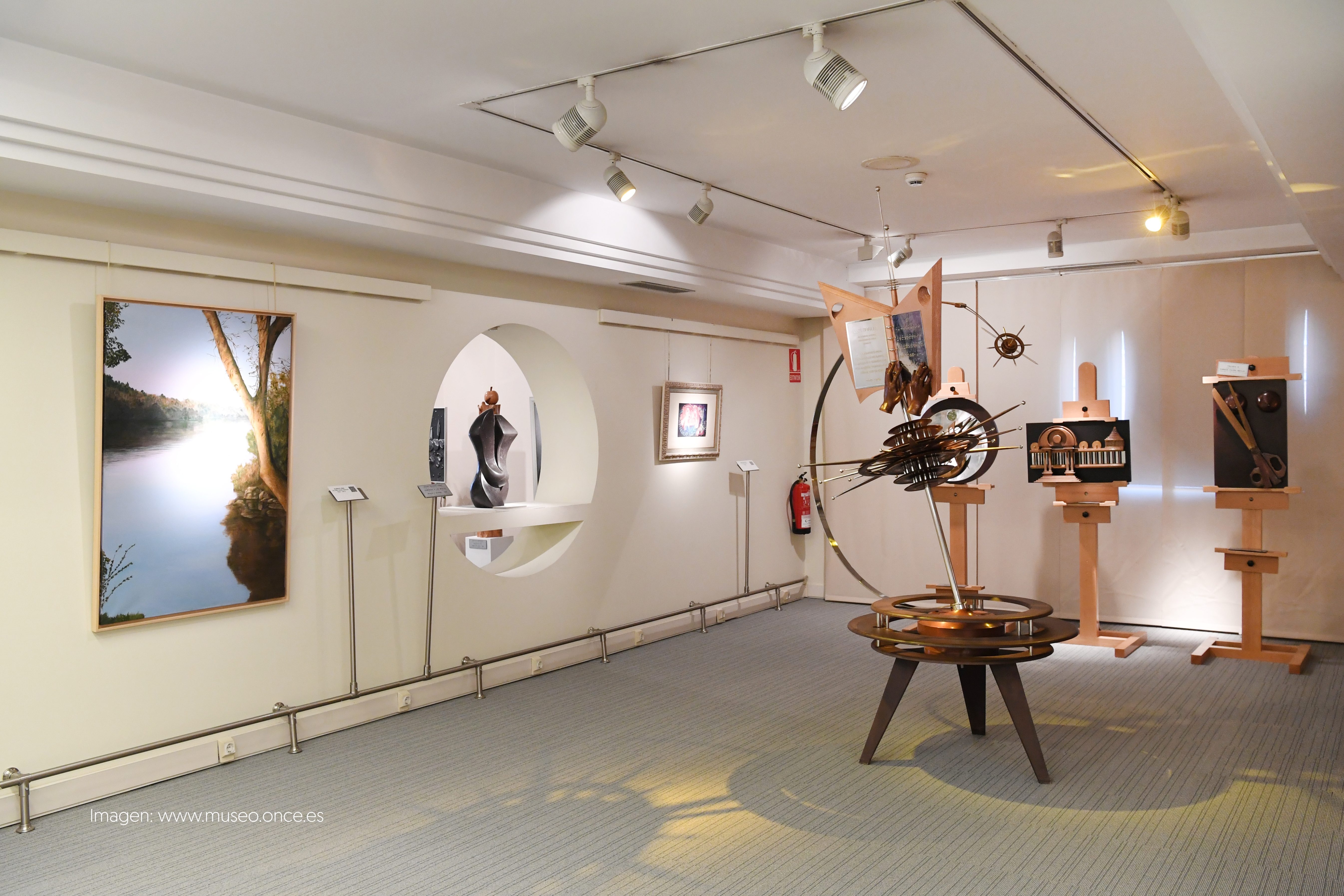
Created by ONCE in 1992, the Museo Tiflológico breaks with the visual tradition of art to offer a tactile and inclusive experience. Designed for people with visual impairments, this space allows visitors to touch models of monuments and artworks created by artists who are visually impaired or blind.
This museum not only provides access to art for people with disabilities, but also promotes a sustainability model based on equity and universal accessibility.
Museo Lázaro Galdiano.
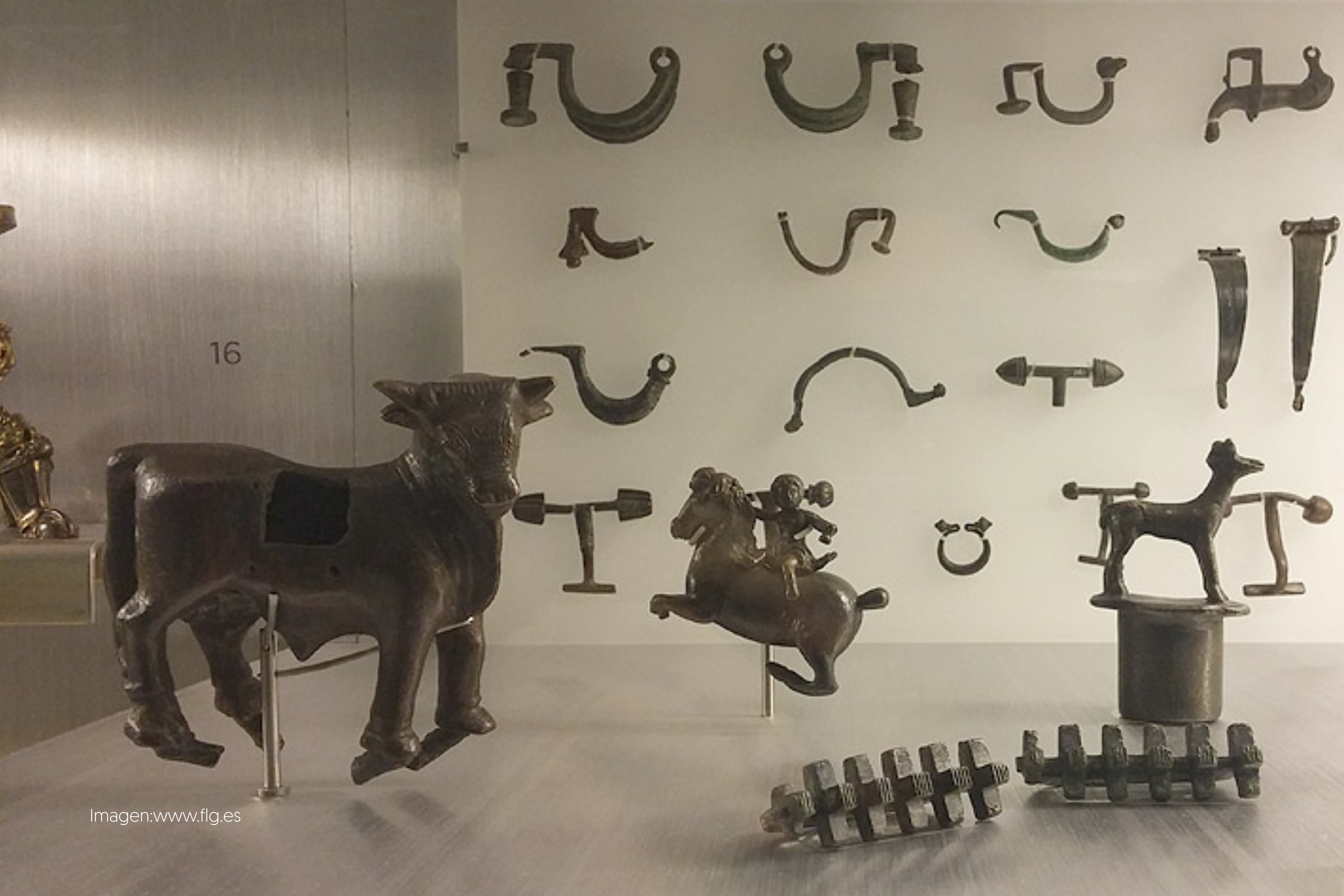
Located in the Salamanca neighborhood, the Museo Lázaro Galdiano houses one of the most important private collections in Spain. Paintings by great artists like Goya, Bosch, and Zurbarán are displayed alongside valuable objects such as jewelry, weapons, and manuscripts.
The museum offers an intimate look at the history of Spanish and European art, while also promoting innovation and diversity as central pillars of its mission.
Museum of the Royal Academy of Fine Arts of San Fernando.
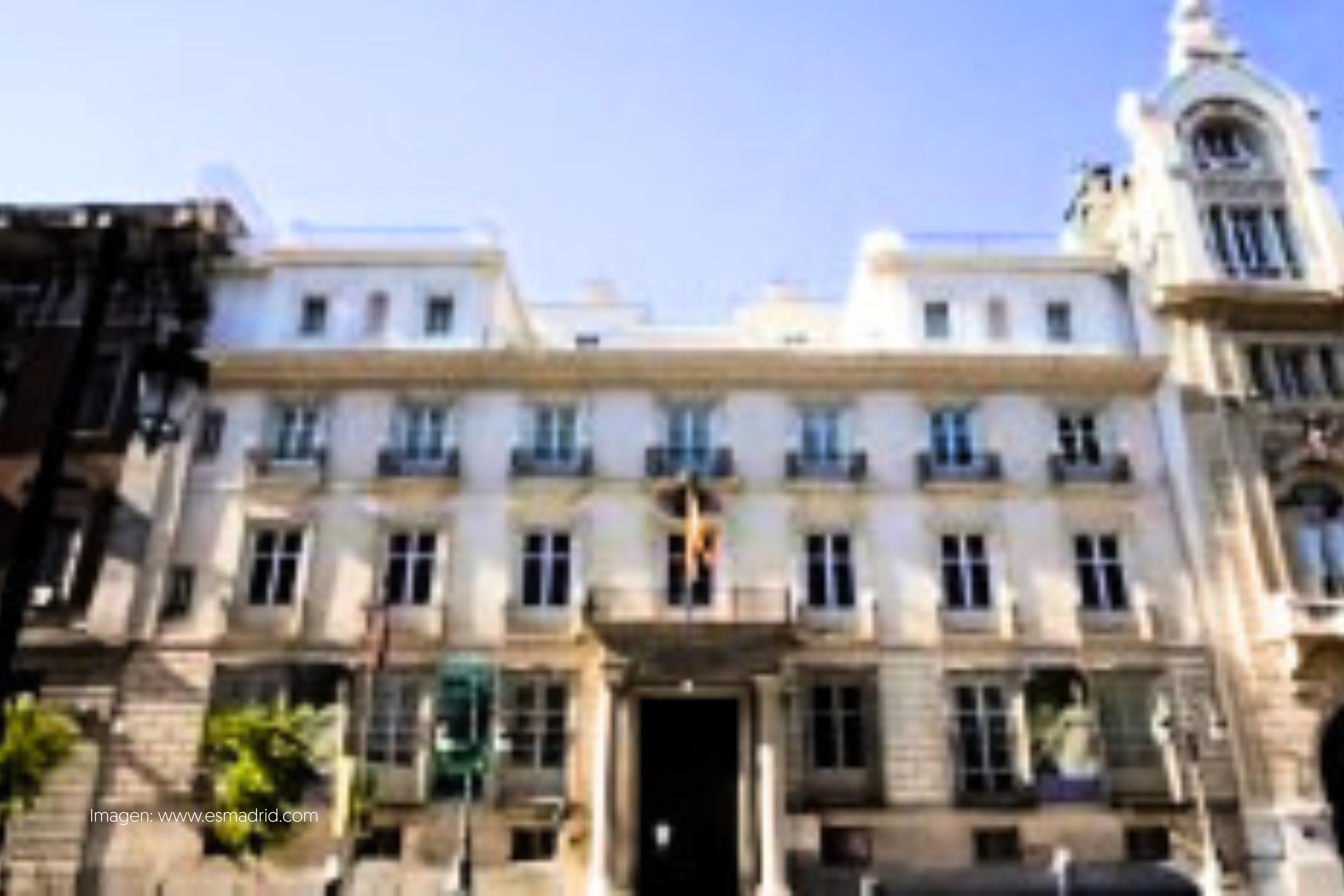
With over 1,400 paintings and a rich history dating back to the 18th century, the Museum of the Royal Academy of Fine Arts of San Fernando is one of the leading institutions for classical art in Spain. Its collection includes works by major artists such as Rubens, Murillo, and Goya.
As if that weren’t enough, it also houses the National Chalcography, one of the finest print collections in Europe.
In short, it’s a place where true artistic tradition lives on through education and preservation.
A Look toward the Americas.

Casa de América is a cultural center dedicated to strengthening artistic ties between Spain and Latin America. Through exhibitions, lectures, and literature, it fosters dialogue between the two cultures and encourages reflection on contemporary issues. It’s located in the majestic Palacio de Linares, an architectural gem worth visiting in its own right.
In recent years, it has also promoted initiatives supporting sustainability and gender equality, aligning with the values of the United Nations’ Sustainable Development Goals (SDGs).
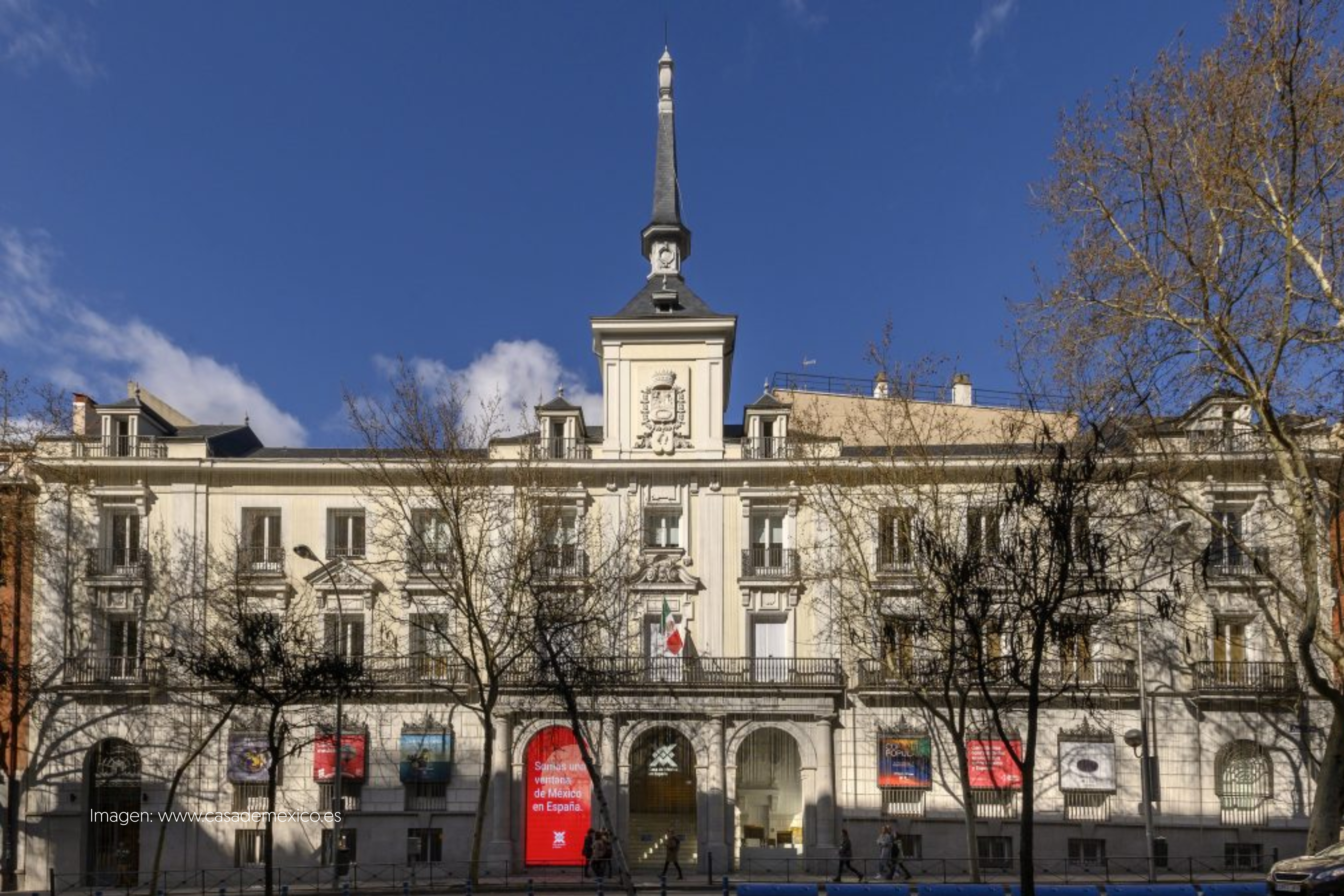
On the other hand, Casa de México, located in the Chamberí neighborhood, offers a glimpse into México’s rich cultural and culinary heritage. With contemporary art exhibitions, workshops, and film series, this cultural space has become a key meeting point between the two countries.
In recent years, it has also launched initiatives like “Encounters for Sustainability,” which address topics such as the circular economy and the role of culture in the ecological transition.
All these museums and cultural centers not only preserve the past but also help shape the present and future through art, inclusion, and dialogue.
At Biosphere Sustainable, we encourage these institutions to follow the example of museums like Rami Library or the Contemporary Art Culture Center of Barcelona, which already hold the Biosphere Certified distinction.













